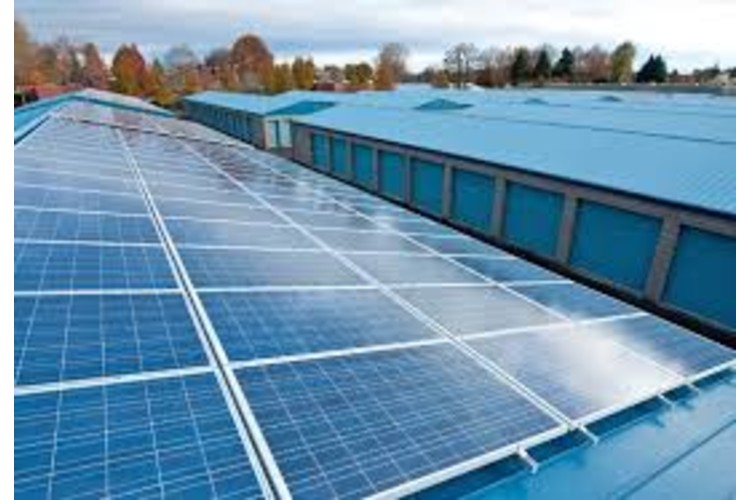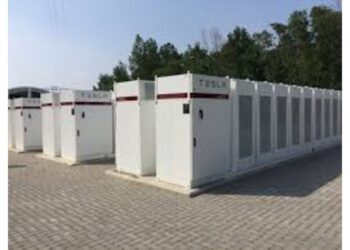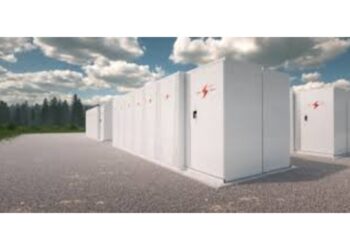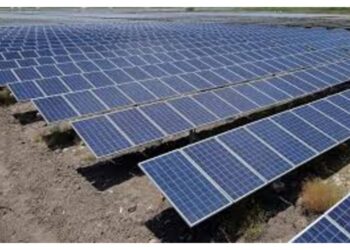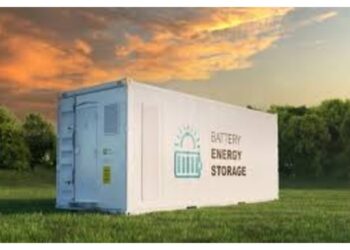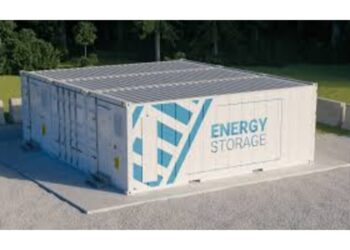The Ministry of New and Renewable Energy (MNRE) has issued draft guidelines outlining design, specifications, performance, and testing procedures for solar cold storage systems with thermal energy storage (TES) backup. These guidelines establish standardised parameters for 2 metric tonnes (MT), 5 MT, 10 MT, and 20 MT capacity cold storages, specifying minimum operating temperatures of -5°C, 1°C, and 4°C. Cold storage units, constructed with polyurethane foam for insulation, rely on refrigeration units to circulate cold air and maintain optimal storage conditions. The guidelines mandate that solar energy fully power these systems, ensuring baseline performance by enabling precooling of 10 per cent of total storage capacity over two days. TES capacity must be sufficient to provide cooling without reliance on solar or grid electricity, with the system designed to capture excess solar energy to enhance precooling or extend autonomy during overcast conditions. TES charging and discharging should occur simultaneously, utilising phase change materials like water or water-salt eutectic mixtures, with a two-day autonomy period that accounts for daily precooling requirements.
The solar systems must include IEC/BIS-certified modules tested by NABL-accredited laboratories. The modules must have a warranty guaranteeing at least 90 per cent of peak watt output capacity after 10 years and 80 per cent after 25 years. Mounting structures must be metal, capable of withstanding wind speeds up to 150 km/hr, with foundations designed per site and soil conditions. Maximum power point trackers will optimise energy harnessing for refrigeration units and battery charging. Contractors must provide five years of comprehensive maintenance for the solar cold storage system. Additionally, the guidelines specify that surplus solar energy will be stored in TES to prevent energy waste and improve system autonomy during periods of reduced solar availability.
Testing procedures include recording cold storage temperatures using sensors with a minimum repeatability of ±0.1°C and evaluating TES charging through grid-supplied energy to ensure repeatability. An energy meter, meeting IEC/AS Standard 62053-11 with an accuracy class of 0.5, will monitor total energy consumption. Performance evaluation tests will assess TES cooling capacity, minimum achieved temperatures, solar array simulator-based performance, power source switching, and system autonomy. These measures aim to standardise solar cold storage operations, ensuring reliability, efficiency, and sustainability in the sector.


